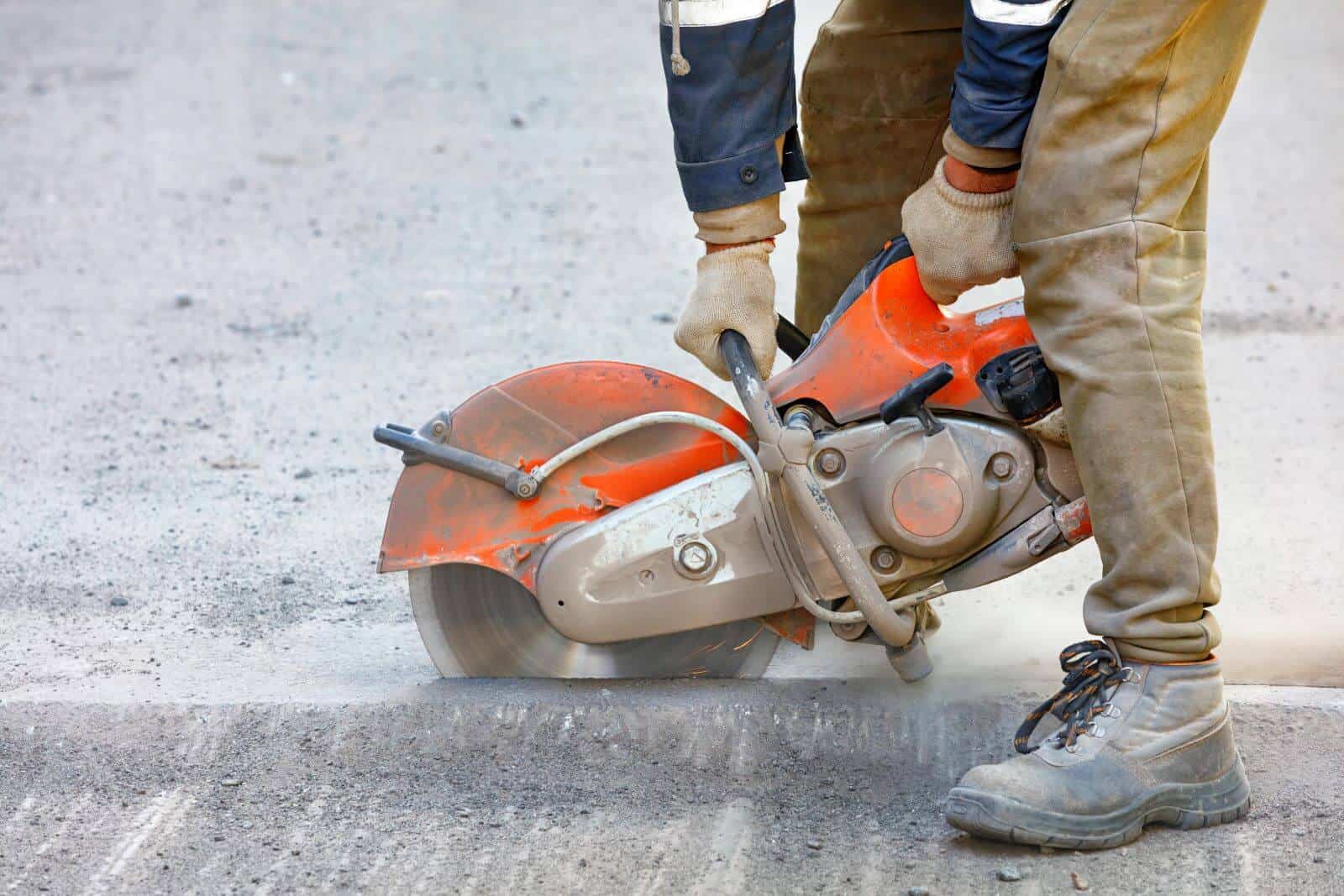
The Staggering Statistics
Why is it that more than half of everyone aged 75 and above in The United States suffers from hearing loss, but less than three out of every 1,000 babies born has congenital hearing trouble?
More than 13% of the entire population of our country over the age of 18 has some detectable degree of disabling hearing loss. This means it is more common than diabetes or cancer, and yet people refuse to accept how normal it really is. Wearing hearing aids should be no more striking than wearing eyeglasses. And yet, more than 2/3 of everyone who lives with hearing loss does so without maintaining proper treatment.
The Common Experiences of Hearing Loss
A very small percentage of people with hearing loss experience it as the result of a sudden trauma. Such an accident, like a loud explosion for example, causes an immediate injury which obviously most often provokes an immediate response.
The vast majority of cases of hearing loss however come on very gradually. So without the sudden onset, people are less likely to even notice that their sense of hearing is changing, let alone prompted to take action to address it at any specific moment. Habitual exposure to dangerous sound levels may come with recreational activities, such as loud concerts or sports events, playing loud video games, or even commuting or exercising with your earbuds cranked to full volume. But just as often, the risk comes as a result of your job.
Risky Industries
Some professions normalize frequent exposure to potentially dangerous volume levels. Anyone who works in these industries should take special care to adopt preventative habits. Examples of such industries include:
The Music Industry
From the sound engineers to the doormen, prolonged exposure to dangerous sound levels night after night pose a great risk to many people in the music industry.
Hospitality and The Service Industry
The aggregate background chatter ramps up and up as a crowd congregates and struggles to be heard over itself. This and the loud sound systems in bustling night clubs can pose a risk to servers, bartenders, cooks, and hosts.
Airport Personnel
The roar of an engine at takeoff is not much of a risk to the passengers on a flight because it happens so quickly. But for the flight crew and the crew on the ground, habitual exposure becomes extremely dangerous.
Emergency Services
Most people instinctively recoil and cover their ears at the blare of a siren, but emergency workers such as EMTs are exposed to the sound all day, every day.
The Extra Risk Posed by Ototoxic Chemicals
Some industries come with an extra risk due to exposure to ototoxic chemicals. Ototoxic chemicals damage your central auditory systems, potentially causing hearing loss when inhaled, ingested, or absorbed through the skin and they also wreak havoc on your balance. Their impacts range from severe to mild and permanent to temporary.
Examples of industries in which ototoxic exposure is common include:
- Construction
Construction workers are frequently exposed to solvents commonly found in paint, paint strippers, glues, and thinners used to dissolve and dilute other substances.
- Manufacturing
Many sectors of the manufacturing industry produce dangerous fumes and residues. Fabricated metal workers, apparel and textile workers all fall within this category.
- Agriculture
Farm workers inhale pesticides and herbicides and also risk absorbing these same dangerous chemicals through their skin when they touch soil or crops.
Utilities
The many steps of maintenance, distribution, and delivery of natural gas, electricity and water, and the oversight of sewage removal all involve regular proximity to dangerous chemicals.
Mining
Mining is the most dangerous of all professions for noise induced hearing loss. The residue of the work is also hazardous.
Researchers have confirmed that the combination of both dangerous sound levels and chemical exposure creates synergistic damage. This means that in environments in which both the noise and the chemicals both pose a risk. These risk factors can be below permissible exposure limits and still cause lasting damage.
Prevention is Key
If you work in any of these industries, take the initiative to adopt the habit of simple preventative measures today. The cultures of some workplaces are likely to normalize dangerous conditions, but the risks are too great. Common foam earplugs, available at any pharmacy, reduce sound levels by 15-30 decibels and custom earplugs will make an even greater difference by filtering out specific frequencies according to your unique needs.
Your first step to guaranteeing your maximized quality of life is to come in and talk to one of our specialists today to make the plan that is just right for your needs.
- How to Overcome Your Fear of Hearing Health - July 17, 2024
- Helping Your Partner Realize Their Potential Hearing Loss - July 3, 2024
- Why You Should Book a Professional Ear Cleaning - June 28, 2024
Request a Callback
That’s why we have a hearing care expert available to help.
If you have a question, or would like to speak to a professional privately about the challenges that you may be facing, then simply request a callback and we’ll call you for a friendly no-obligation conversation.
